In 2016, MXIC introduced a series of low-power MX25U (1.8V) and wide-voltage MX25R (1.65V ~ 3.3V), which is suitable for power-saving applications. In 2018, the industry's leading 1.2V was introduced by MXIC, the MX25S SPI NOR product family, Its excellent low-power characteristics make the power consumption of electronic products in the deep power-down state only 0.007uA. In addition, in the operating mode, the power consumption is only 1/10 of 1.8V product.
NOR Flash and SLC NAND Flash memory are extremely important key components of electronic products. Once they fail, not only the whole application will be shut down, but the subsequent maintenance costs will be greatly improved. MXIC's layout for the Internet of Things is to continuously develop and produce the non-volatile memory required by the ecosystem, preparing for the new generation of application market.
As the 5G will be commercialized in 2019. MXIC believes that Under the high-speed transmission and high-frequency wide-link characteristics of 5G, the Internet of Things will have a new development. In the past, mobile communication technology was mainly applied to mobile phones. Voice, video, and various data transmissions were transmitted through mobile phones. The 2G and 3G are the same as the current 4G, but the 5G will be completely different, the high speed, high coverage, and low latency characteristics will enable 5G application to expand to other areas from mobile phone. For example, smart water meters, smart electricity meters and smart gas meters were appeared by the use of 2G, 3G wide-area transmission technology. In the 4G era, 4G Narrow Band LTE Cat M, NB-IoT technology is applied in wearable on the device, it becomes a low-volume, low-power wide area network (LPWAN) communication technology. As for 5G, it will expand the Internet of Things, from people and people, the connection between people and things, to the intelligent communication between things and things, thus constructing a smart city, with huge amounts of data coming from smart cities, development more digital application services.
The development of 5G technology not only brings changes in applications and services, but also requires higher power saving, miniaturization, and high quality on the system side and even in the memory components.

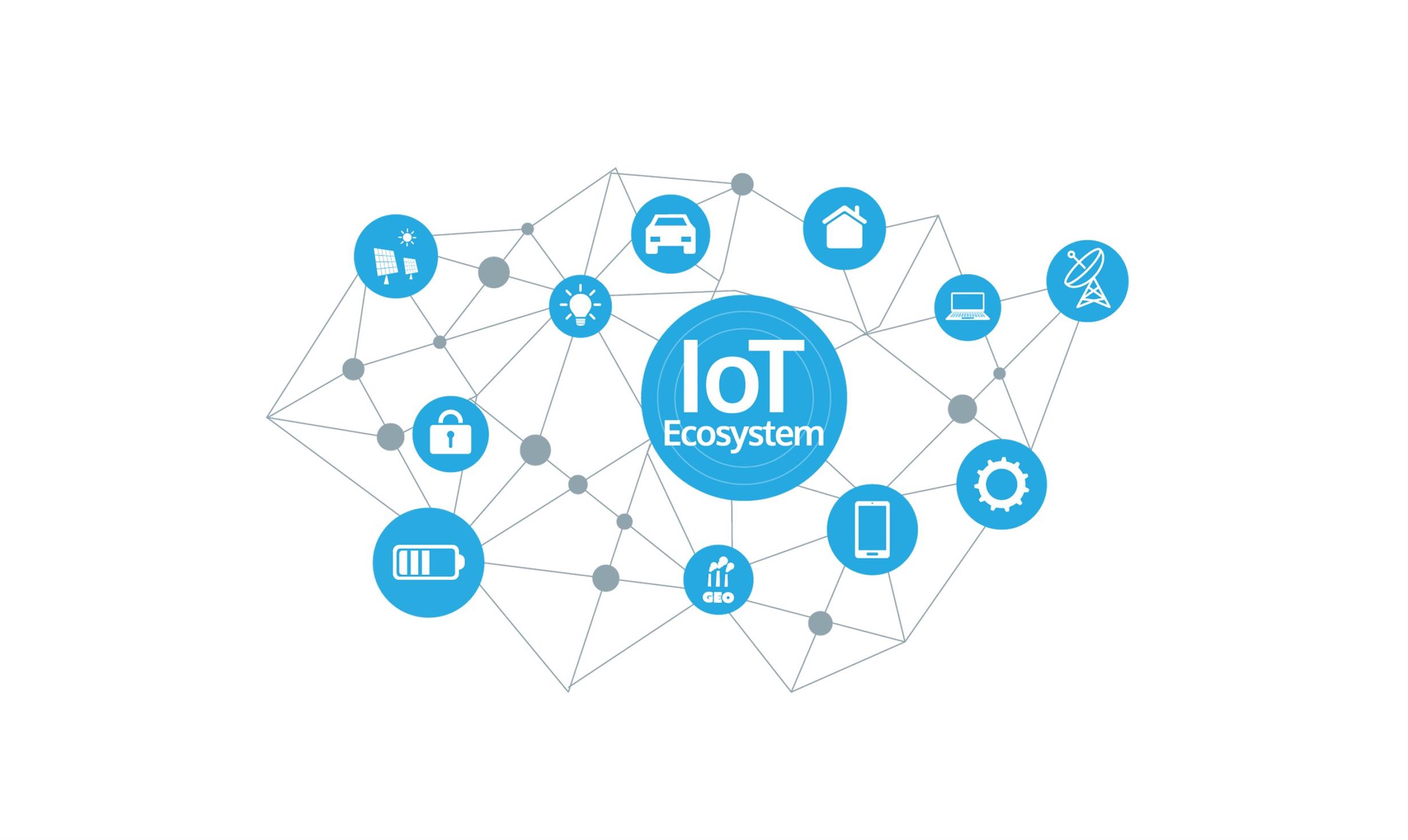

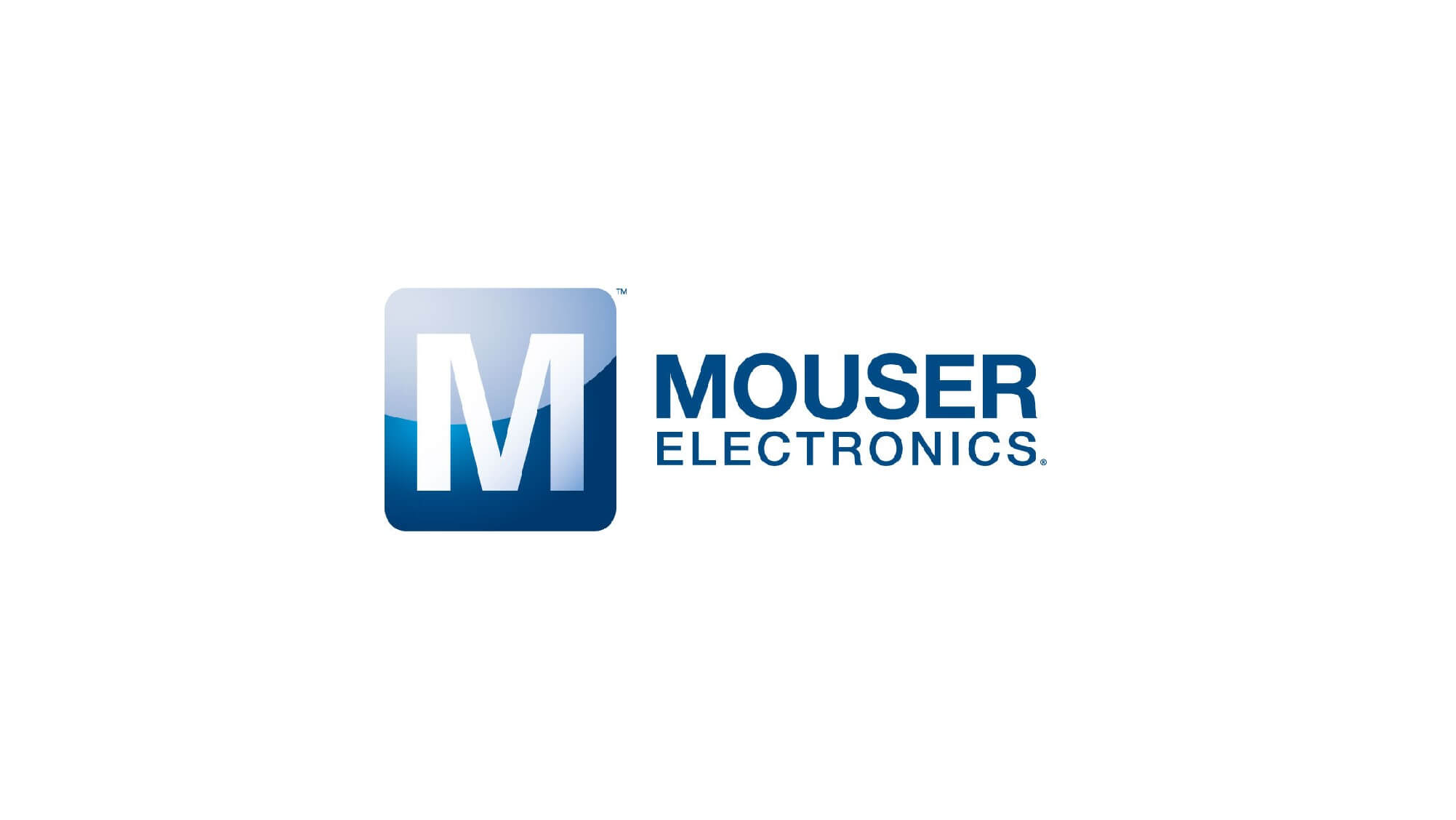


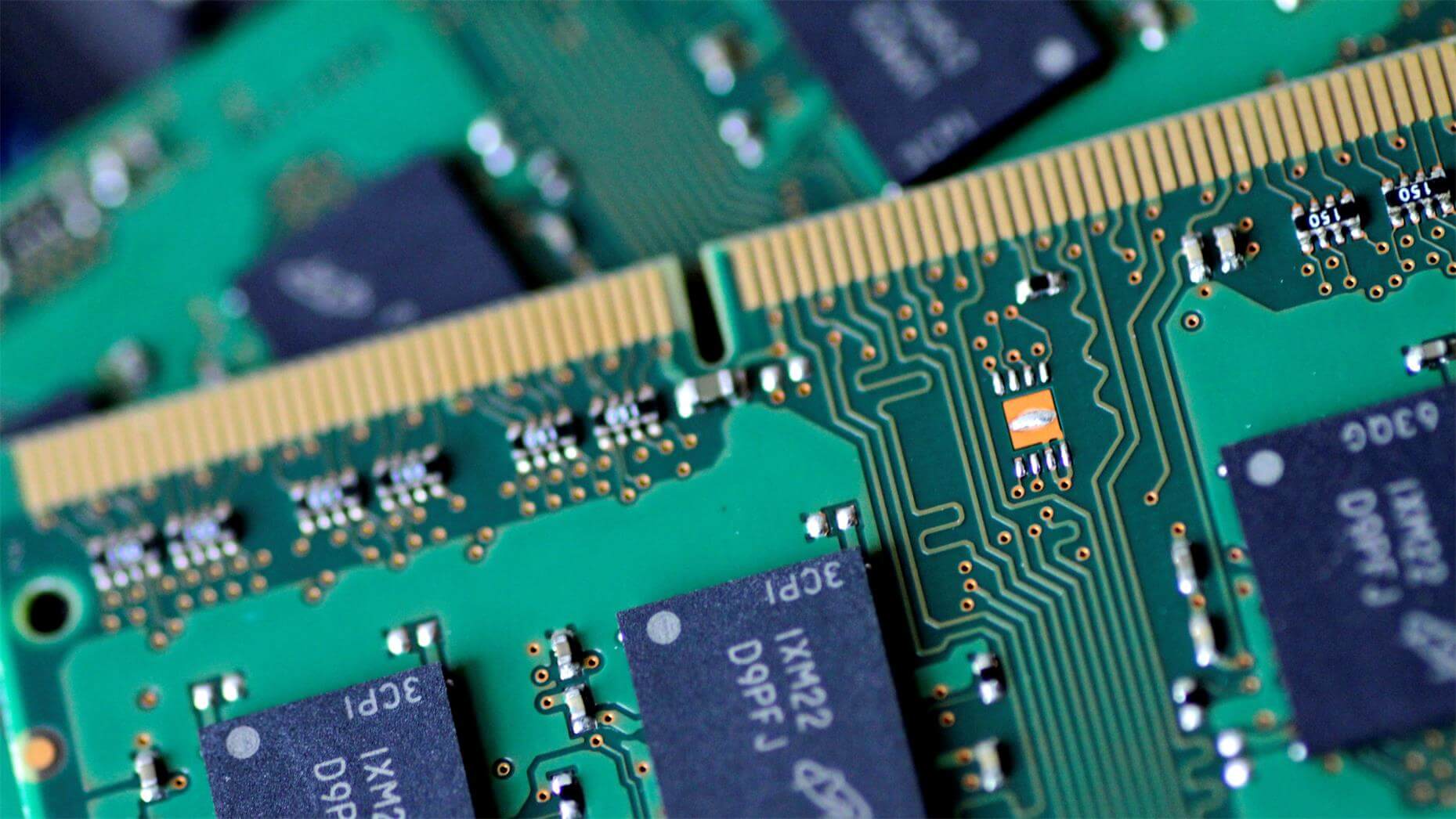

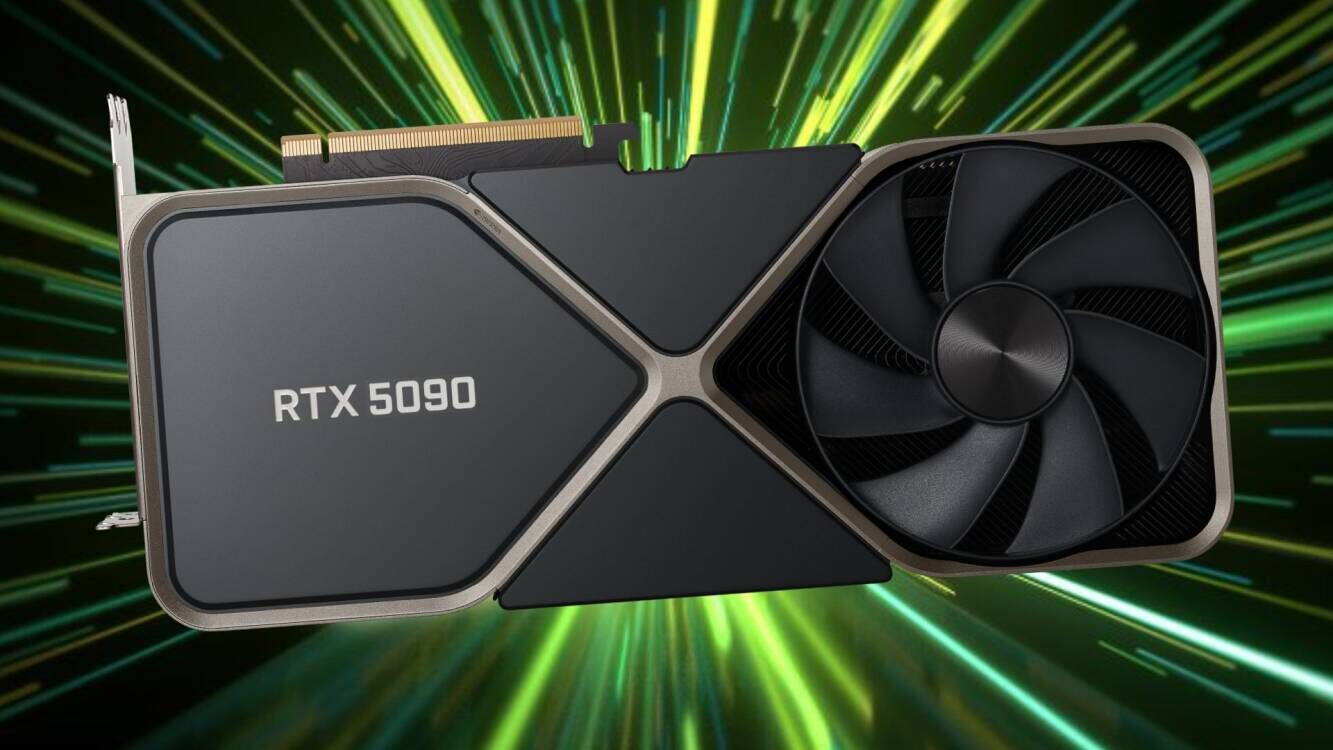
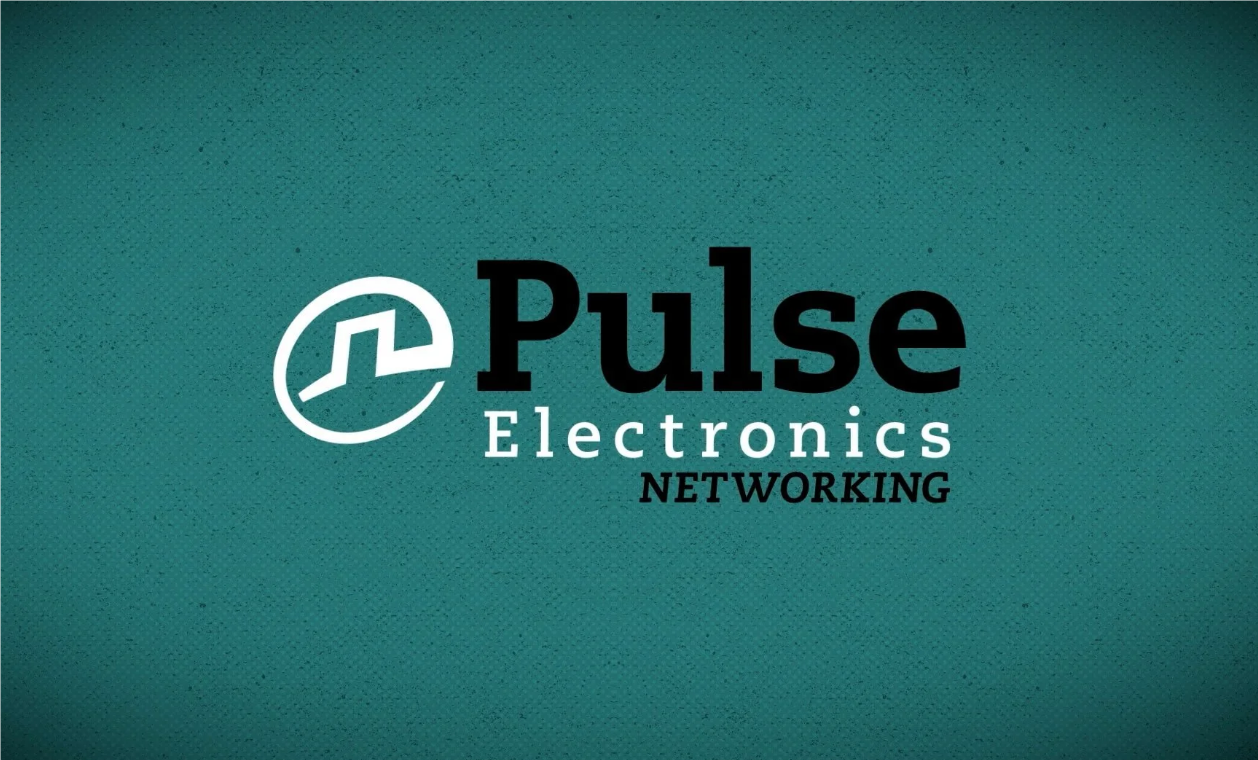
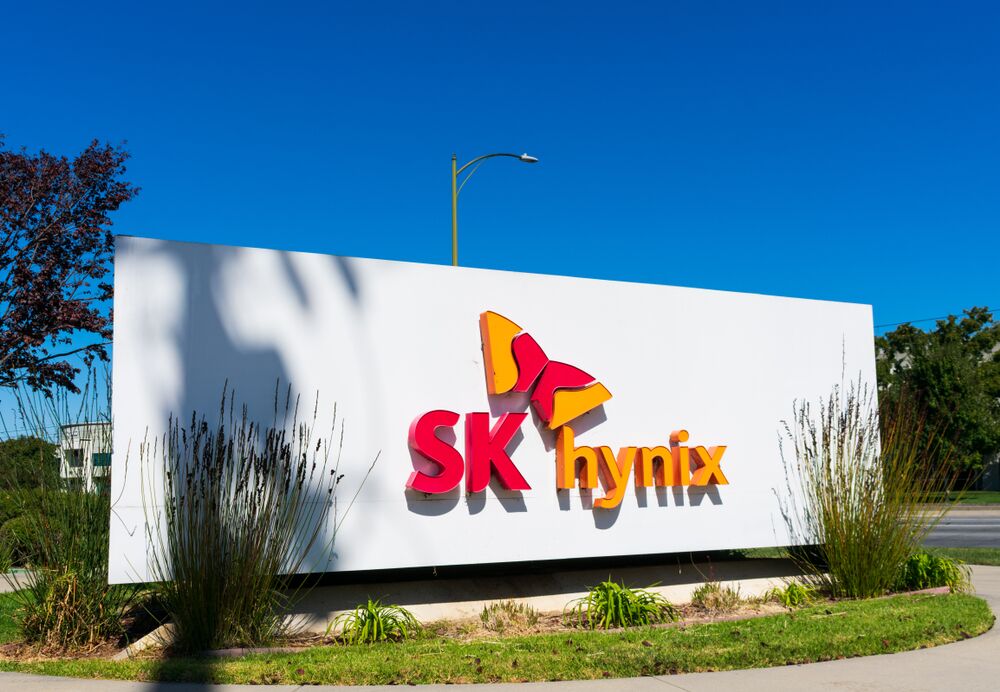
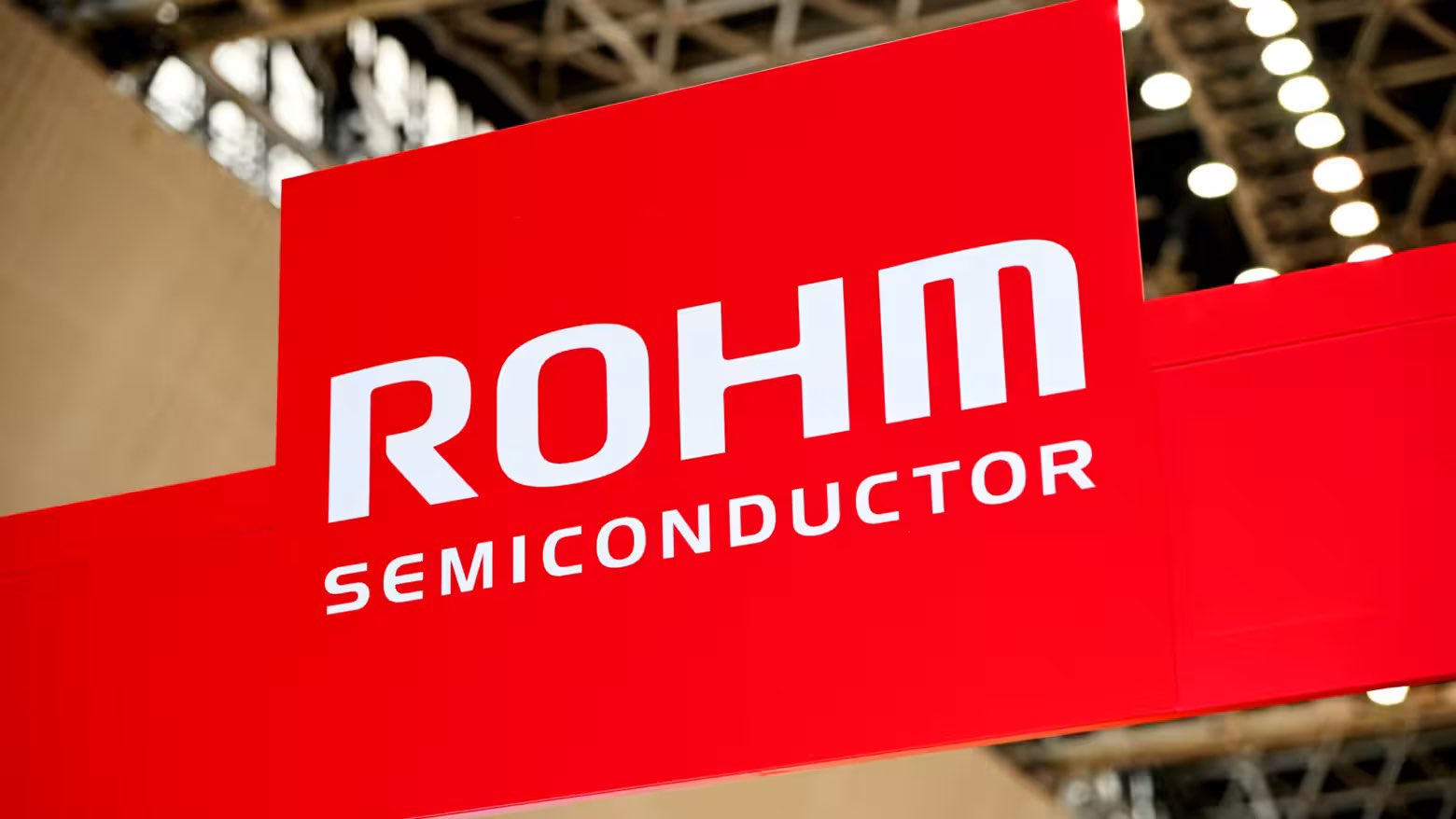
All Comments (0)